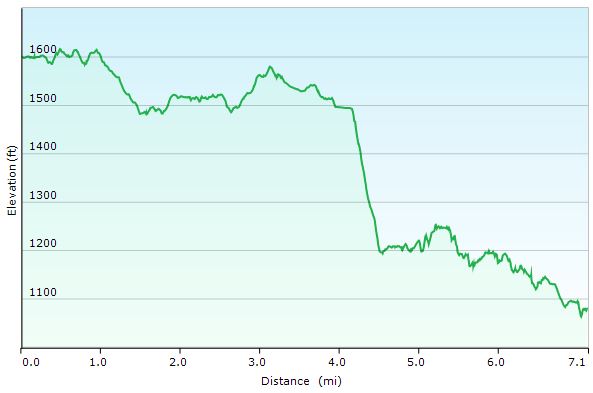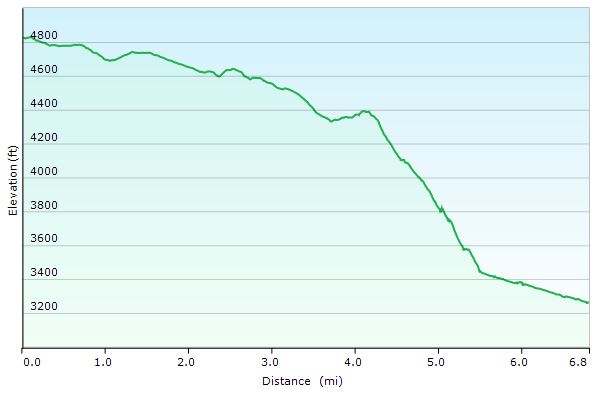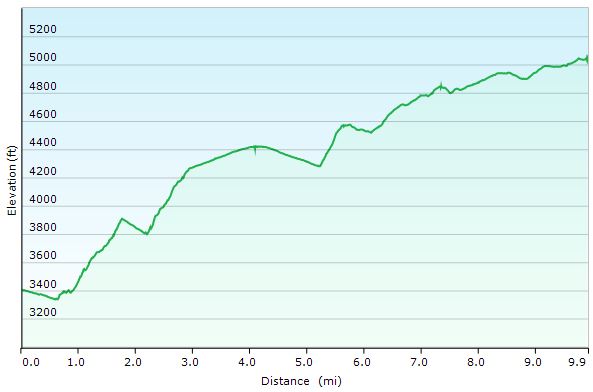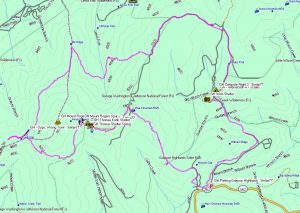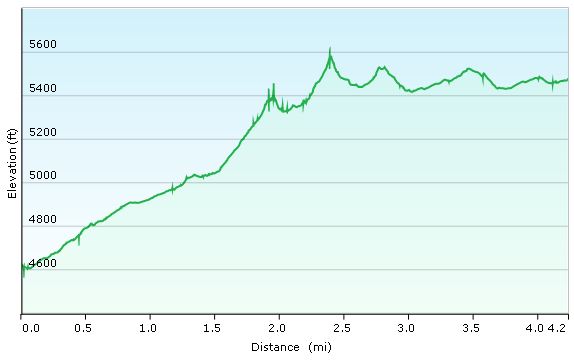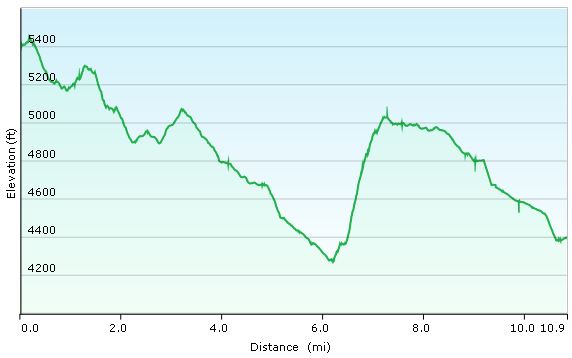A discussion on Cuben Fiber Tarps for Hammock Camping (specifically, the Hammock Gear Cuben Hex Tarp models, both with & without doors).
I recently received a message from a viewer asking for feedback / advice regarding the potential purchase of an ultralight cuben fiber tarp for hammock camping and backpacking, as well as the pros and cons related to some of the options available for these tarps.
Below are his two main questions, which Mike and I used as a jumping off point for our discussion on these tarps. While our reference point throughout the video is HG Cuben Hex Tarp line of tarps (also know as Dyneema Tarps), this discussion is pretty much applicable to cuben tarps in general as well as cuben fiber’s properties as a backpacking gear material.
Lyle’s Questions & Talking Points
- I’m considering purchasing the Hammock Gear Cuban Fiber Tarp, but given the price I thought I’d ask some people who own it a couple of questions.
- 1) 11ft vs 12ft
I have an 11ft hammock (Warbonnet – Blackbird XLX)… I’m leaning towards the 12ft length, only because I like the idea of greater coverage. - 2) Doors vs no-doors
This is my biggest question … if I should order it with doors…or can get away without them?I’m primarily a 3 season camper…BUT, I would like to do more winter camping. When would you have preferred a “door” version of this tarp vs. a “non-door” version?
- I’ve seen you use this tarp in several of your videos. Is there anything you’d do/choose differently if you were purchasing this tarp again?
Other Topics Discussed
- Cuben Fiber Cost
- The advantage of cuben fiber’s lower volume in addition to the more obvious weight savings.
- Cuben fiber strength & durability considerations for hammock camping.
- Tarp ridgeline length and finding the right trees.
- Tarp ridgeline length vs doors for rain and snow camping situations.
Tarps Seen in the Video (all weights are tarp only, no lines etc)
- Hennessy Expedition Asym
Stock Standard Tarp 70D Nylon, 10 oz (283 g) , 5.25′ x 8.25′ (it’s an asymetrical shape, so actual ridgeline legnth is still 11′)
- Hennessy Hex Tarp
70D Nylon, 23oz (652 g) , 12′ x 10′ (be aware that there is a slightly shorter 11.5′ version out there for the same price, mine is the 12′ version. i’m not sure if it’s discontinued or what happened.)
- Hammock Gear Cuben Hex Tarp (Dyneema) 12′ without doors, 7.87 oz (223 g) , 12′ x 8.5′
- Hammock Gear Cuben Hex Tarp (Dyneema) 12′ with doors, 5.55 oz (157 g) , 12′ x 8.5′
Hammocks Seen in the Video
- Hennessy Expedition Asym
Zippered Model
- Dream Hammock Darien (Sintax77’s digital camo one)
- Dream Hammock Thunderbird (Mike’s yellow one)
- Dutchware Gear NylonD netless hammock (Sara’s purple one)
- Dutchware Gear Half-Wit Hammock (Sintax77’s olive drab one)
- Dutchware Argon Vented Winter Sock (I use this to add warmth / water resistance to my hammock setup on winter trips)

